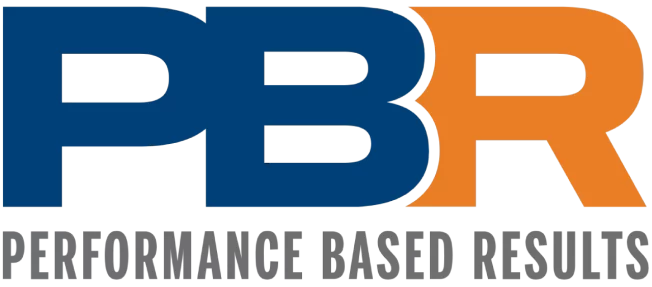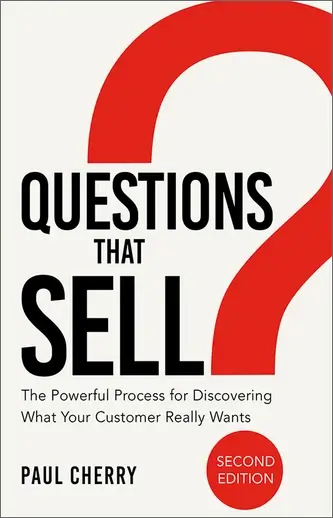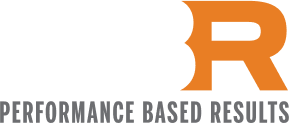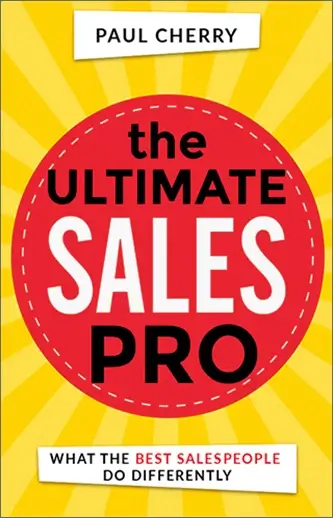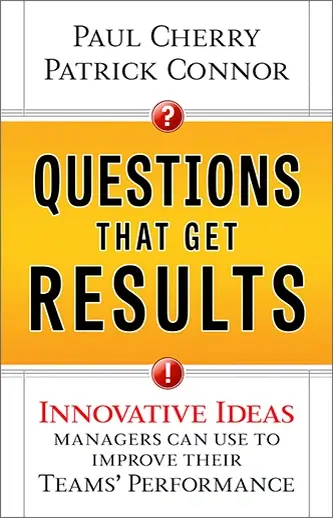A new client recently came to me with a question:
“When I meet with a prospect for the first time, I want to illustrate my company’s credibility and show the prospect what we can do. After a little small talk, I like to give a brief PowerPoint presentation discussing my company’s history and its success in the industry. I also bring out samples of our products and leave behind some company literature for them to read later. I do all of this because I think it is important that the prospect really understands my company. As my company has grown and I have hired additional sales people, I have gotten some pushback for my methods. Some of my sales people complain about having to present all of this information to prospects. They claim it is overkill. What do you think?”
I understand that you are proud of your company and all it has accomplished, but I have to side with your sales people on this issue. In my opinion, there is no such thing as a “short” PowerPoint presentation. When you really think about, PowerPoint presentations are just a fancier version of a pamphlet. Neither of these platforms allows you an opportunity to interact with your prospect.
First Meetings with Prospects – No Boring Powerpoints
You should never bring out PowerPoint, samples or company literature during an initial meeting. Instead, you should aim to have your prospect do 70% of the talking during an initial call. Why? For two reasons:
- You want to hear about his/her problems, goals, concerns and ideas.
- You want to qualify if there is a genuine opportunity with this prospect.
You cannot do either of those things if you are trying to sell during the first meeting.
Present a Value Opening Statement
You are probably frustrated with my answer, because you still want to gush about your company and your products. I understand, I am proud of my company too.
When I meet a prospect, after a little small talk, I start the meeting with a unique value opening statement. This statement is a 30-60 second description of who you are (as a company) and what you do. Here is an example of my unique value opening statement:
My company is Performance Based Results. We have worked with more than 1,200 clients to date. Our objective is to improve bottom line results by maximizing the performance of sales teams. We do this by working with those at the top of the organization all the way down to the front line sales professional, in order to embrace and drive change. We work to change sales culture and selling behaviors in order to close more sales opportunities. On average, 84% of our clients realize a 12:1 return on their investment. In order to find out if our process would work for you, may I ask you a few questions?
Establish your own unique Value Opening Statement
One of the things that I do when I work with companies is to help them establish their own unique value opening statements. The process of creating this statement allows them to crystallize what is really important to them and what makes them stand out from the crowd. Here are some other examples I have helped craft-
Example A. (Note: Pure Care is a company that sells products to physical therapy practices and clinics.) Pure Care is a catalyst for building profits in clinics, surgery centers and hospitals. Our clients turn to us for three reasons:
- Increase the revenue per patient visit.
- Streamline caseloads to reduce costs and inefficiencies.
- See more patients without hiring additional staff.
Which of these three would be a priority for you and why?
Example B. (Note: Amerisan is a company that sells basic commodity products such as gloves, toilet paper, paper towels, trash bags and other supplies to the food industry. They wanted to differentiate themselves from others in the same business.)
We’re Amerisan – food processing sanitation experts. Companies such as Nestle and Kraft turn to us to enhance their Six Sigma programs as well as reduce the risk of foreign particle extrusion, enhance their food safety initiatives, and increase their productivity. I’m curious to learn what issues you’re facing and the opportunities you’re looking to pursue. May I ask you a few questions?
